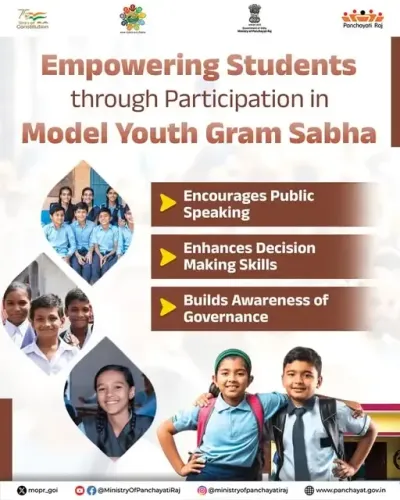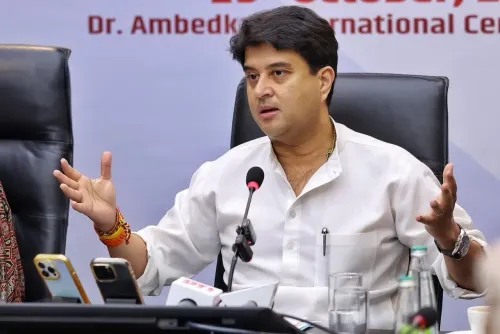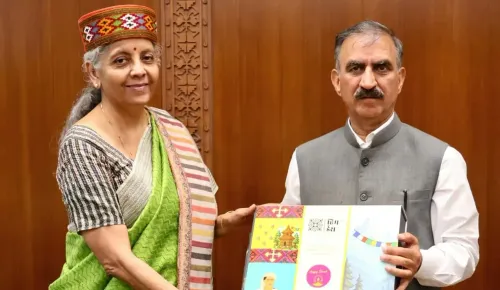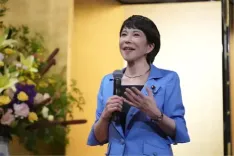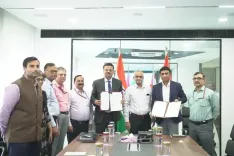Did Chhath Puja Festival Generate Trade Exceeding Rs 50,000 Crore?
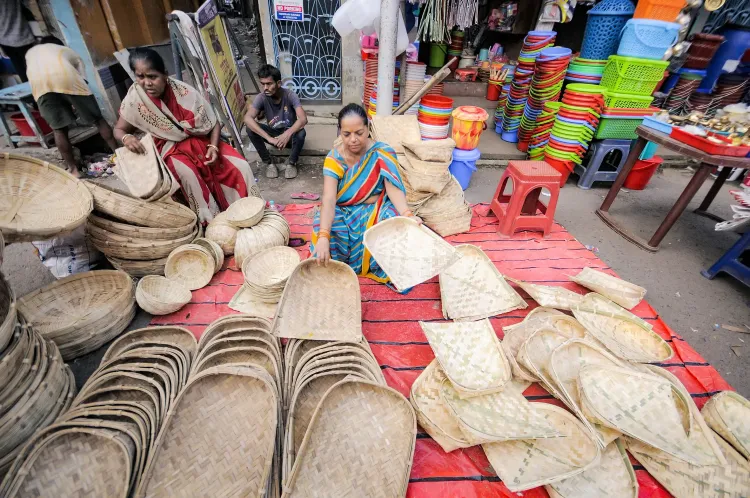
Synopsis
Key Takeaways
- Chhath Puja generated trade exceeding Rs 50,000 crore.
- Over 10 crore people participated nationwide.
- Bihar, Delhi, and Jharkhand were the top-performing states.
- Key items included bananas, sugarcane, and traditional sweets.
- The Delhi government invested in ghat construction and infrastructure.
New Delhi, Oct 28 (NationPress) The vibrant festival of Chhath Puja has sparked a remarkable trade surge, amassing over Rs 50,000 crore across the nation, as reported by the Confederation of All India Traders (CAIT) on Tuesday.
Following the festival, CAIT's analysis showed that more than 10 crore individuals participated in the Chhath festivities throughout India.
Bihar alone accounted for an impressive business activity of approximately Rs 15,000 crore, with Delhi and Jharkhand following closely at Rs 8,000 crore and Rs 5,000 crore respectively.
This data is part of CAIT's comprehensive research on India's “Sanatan Economy,” which examines consumer spending trends during significant festivals and wedding seasons.
CAIT Secretary General and Member of Parliament Praveen Khandelwal stated that Bihar, Jharkhand, and eastern Uttar Pradesh, especially the Purvanchal region, remain the focal points for Chhath celebrations, attracting large gatherings along rivers and ponds.
Additionally, Delhi and the NCR region experienced significant economic growth due to the substantial Purvanchali community.
The Delhi government constructed approximately 1,500 ghats and invested heavily in infrastructure, sanitation, and security provisions.
Khandelwal noted that other states, including West Bengal, Madhya Pradesh, Maharashtra, and Rajasthan, also experienced notable economic activity.
In metropolitan areas and non-traditional states like Odisha, Karnataka, and Telangana, local markets witnessed brisk sales fueled by migrant communities who celebrated Chhath with immense enthusiasm.
CAIT indicated that the principal items sold during the festivities included bananas, sugarcane, coconuts, rice, grains, and sweets such as thekua and laddoos, alongside essential puja items like baskets, diyas, flowers, and clay utensils.
There was also a noticeable rise in demand for services related to ghat construction, lighting, sanitation, and boat rides.
Khandelwal emphasized that Prime Minister Narendra Modi’s initiative to promote Swadeshi products and recent GST rate reductions significantly contributed to this festive economic activity.
Local markets nationwide organized “Swadeshi Chhath” campaigns to uplift traditional artisans, bamboo basket makers, and jaggery producers, enhancing sales of locally crafted goods.
He further mentioned that the momentum from the Prime Minister’s GST Savings Festival, which previously boosted Diwali sales, carried through to Chhath Puja. Together, these festivals have collectively enhanced overall consumer demand across various sectors.

